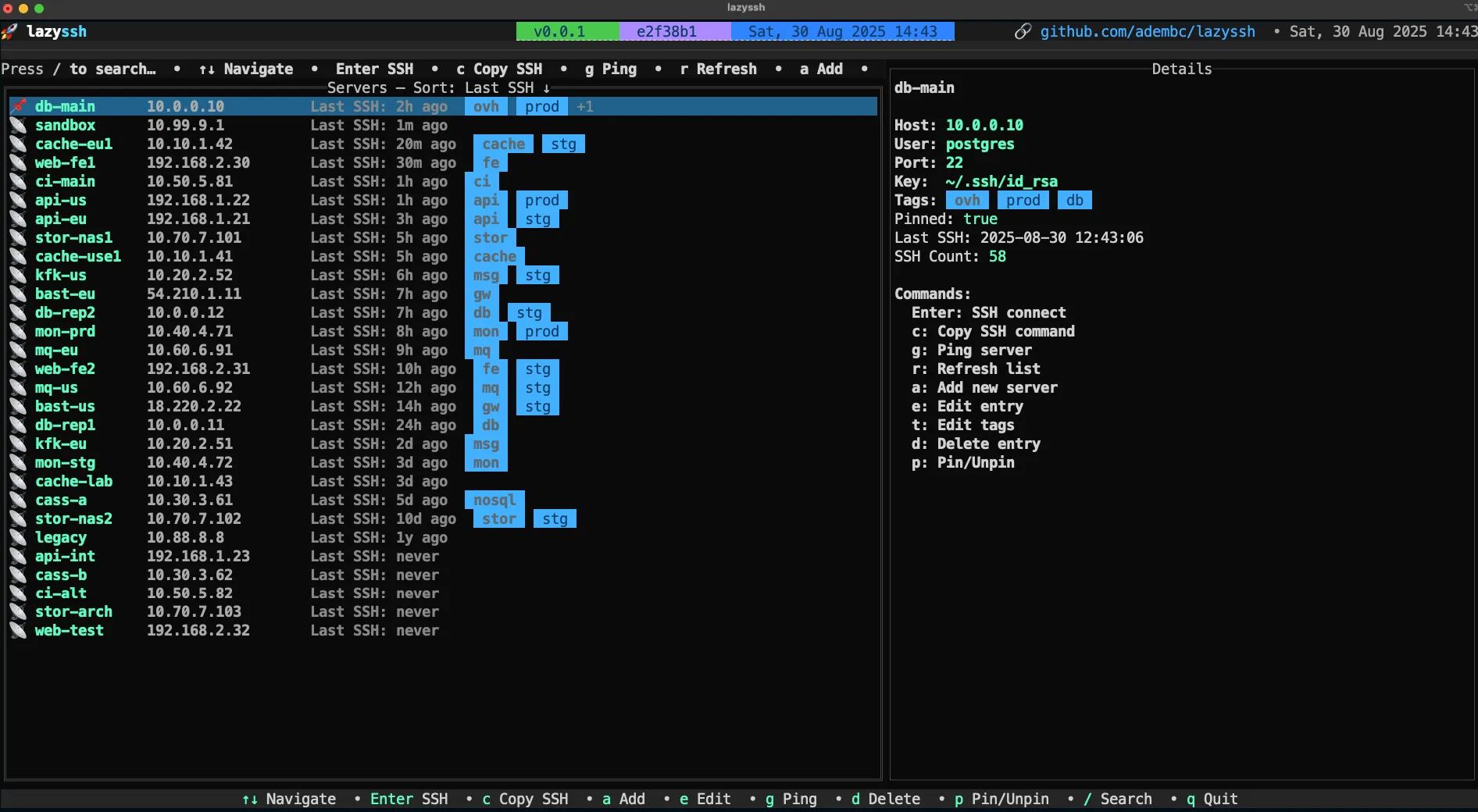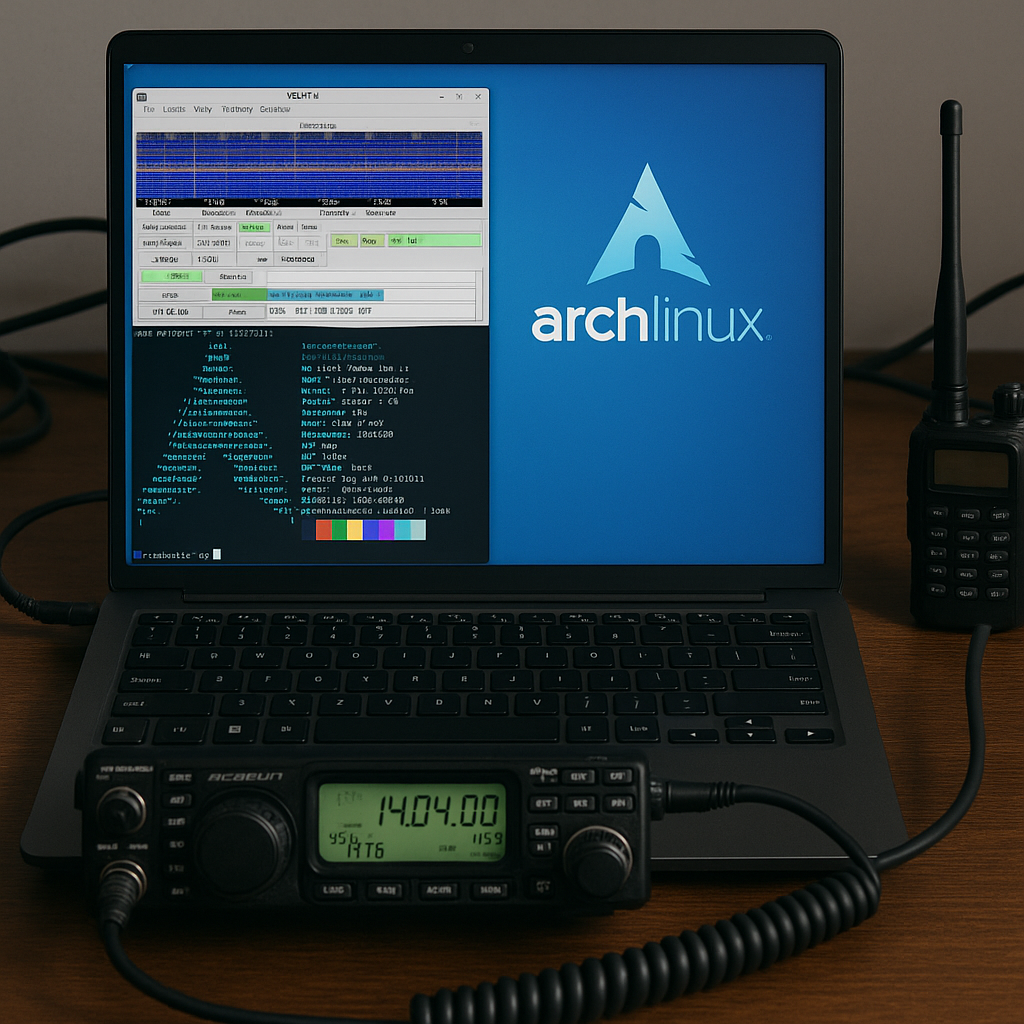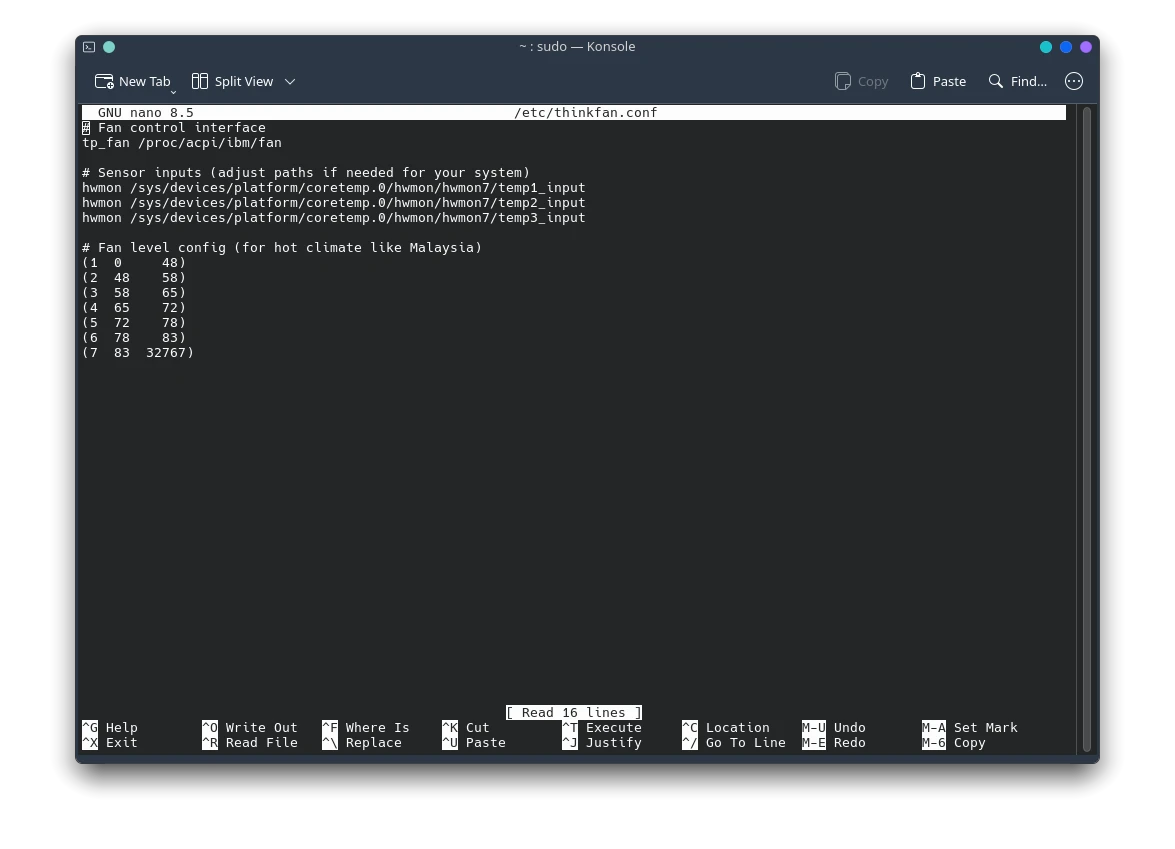archlinux
cachyos
gnu/linux
linux
linux desktop
linux gaming
linux kernel
open source operating system
arch based linux, btrfs linux, cachy browser, cachyos, cachyos linux review, cachyos vs manjaro, fast linux distro, linux for gaming, linux for modern cpu, linux for ryzen, linux kernel optimization, linux performance tuning, linux with zram
9M2PJU
0 Comments
CachyOS: A Fast and Modern Arch-Based Linux Distribution for Power Users and Gamers
In the ever-growing world of Linux distributions, there’s no shortage of choices. From beginner-friendly options like Ubuntu and Manjaro to bleeding-edge systems like Arch Linux, users can find a distro that suits nearly any use case. But what if you’re looking for raw performance, modern hardware optimization, and a smooth desktop experience out of the box?
Meet CachyOS — a lesser-known but rapidly rising Arch-based Linux distribution that’s built with one clear goal in mind: speed and responsiveness without sacrificing control or flexibility.
🔍 What is CachyOS?
CachyOS is an Arch-based Linux distribution that aims to provide an ultra-fast, responsive, and secure desktop environment tailored especially for modern CPUs and high-performance tasks, such as gaming, compiling, multitasking, and content creation.
What makes it different from other Arch-based distros like Manjaro, EndeavourOS, or Garuda? The answer lies in aggressive performance optimizations, custom-built kernels, and compiler-level tweaks designed to squeeze the most out of your system.
💡 Why Use CachyOS?
Let’s break down the unique features that set CachyOS apart:
🚀 1. Performance-Tuned Kernels
CachyOS ships with multiple kernel options optimized for different workloads. These include:
linux-cachyos: The default kernel tuned with custom CPU scheduling and responsiveness.linux-cachyos-bore: Includes the Bore scheduler for desktop fluidity.linux-cachyos-tt: The TT (Temporal Tasking) scheduler, offering ultra-low latency and gaming responsiveness.linux-cachyos-rc: A release-candidate kernel for those who want the absolute latest.
This variety allows users to test and select the best kernel for their hardware and needs.
⚙️ 2. Compiler Optimizations for Modern CPUs
CachyOS takes things further by building its packages using LLVM/Clang and custom compiler flags targeting x86-64-v3 or x86-64-v4 instruction sets — meaning if you have a newer CPU (2011 and beyond), you’re going to see noticeable speed gains in both daily tasks and heavy workloads.
This makes system updates and application launches faster than standard builds, especially compared to general-purpose distros.
🧠 3. Intelligent Memory and CPU Handling
CachyOS is tuned for desktop usage right out of the box:
- ZRAM enabled by default, allowing for better memory compression and management.
- Integrated systemd-oomd for handling low-memory situations gracefully.
- Intel P-State / AMD CPPC governor optimization for dynamic frequency scaling.
- Link-Time Optimization (LTO) enabled in many packages, improving runtime speed.
These tweaks result in faster application startup, lower input latency, and smoother multitasking, especially on systems with limited RAM or older SSDs.
🎮 4. A Gamer’s Delight
Gaming on Linux has improved drastically, and CachyOS embraces this shift:
- Preinstalled support for Steam, Proton, and Lutris.
- Comes with gamemode, MangoHud, vkBasalt, and other useful gaming tools.
- Native support for NVIDIA, AMD, and Intel drivers.
- Custom kernels improve FPS stability, input response, and frame pacing.
For competitive gamers or casual Linux users who love games, CachyOS offers an experience that rivals (or even beats) Windows in responsiveness.
🌐 5. Cachy-Browser: A Faster Firefox
One standout feature is Cachy-Browser, a custom fork of Firefox ESR. It includes:
- Performance patches
- Enhanced privacy settings
- Disabled telemetry
- Faster UI rendering
This browser is perfect for those who want a Firefox experience that’s faster and more private out of the box.
🖥️ 6. Desktop Environments and Themes
CachyOS supports multiple desktop environments including:
- KDE Plasma (default)
- GNOME
- XFCE
- Cinnamon
- LXQt
- Hyprland (Wayland tiling WM)
The KDE Plasma version comes with beautiful custom theming, blur effects, and system tweaks that make it look polished without being overdone.
🧰 7. GUI Tools and Kernel Manager
Even though CachyOS is performance-focused, it doesn’t leave usability behind. It provides:
- A GUI kernel switcher to easily change and install new kernels.
- Easy access to system tools via a control center-like panel.
- Full Calamares installer with support for Btrfs and auto partitioning.
You get the best of both worlds: raw power and ease of use.
⚠️ Things to Keep in Mind
CachyOS is powerful, but it’s not for everyone.
- It assumes you have moderately new hardware (at least x86-64-v2+ support).
- Some features may break if you stray too far from its tooling (e.g., using other kernels).
- It’s not as “beginner-proof” as Ubuntu or Linux Mint.
However, if you have some Linux experience and you’re looking to push your system to its full potential, CachyOS is absolutely worth exploring.
🧪 Real-World Performance
Many users have reported:
- Faster boot times than Manjaro or EndeavourOS.
- Lower idle CPU usage and RAM footprint on Plasma.
- Better gaming performance with more consistent frame delivery.
- Snappier app launch times, thanks to LTO and compiler flags.
CachyOS for Amateur Radio Enthusiasts
CachyOS isn’t just built for speed and gaming—it’s also a great choice for amateur radio operators and digital communication enthusiasts. Thanks to its Arch-based foundation, CachyOS gives users access to both the official Arch repositories and the AUR (Arch User Repository), which hosts a vast collection of ham radio-related software. Whether you’re operating WSJT-X for FT8, fldigi for digital modes, GNU Radio for SDR experiments, or using Xastir and YAAC for APRS tracking, these tools are readily available with simple installation via pacman or AUR helpers like yay.
The high-performance nature of CachyOS makes it particularly suitable for real-time signal processing, SDR applications, and low-latency audio, which are critical for many amateur radio setups. Coupled with optimized kernels and better scheduling for CPU-bound tasks, operators can expect smoother and more stable performance—even on older hardware. If you’re looking for a Linux distribution that’s not only fast but also flexible and ham-radio friendly, CachyOS is well worth considering.
✅ Conclusion
CachyOS is not just another Arch-based distribution — it’s a performance powerhouse tailored for those who want their system to work fast, feel smooth, and take full advantage of modern hardware.
Whether you’re a Linux gamer, a developer compiling massive codebases, or a daily user who just loves a snappy desktop, CachyOS offers an experience that’s hard to beat.
If you’re ready to explore a distro that blends bleeding-edge performance with user-centric design, give CachyOS a try.
Website: https://cachyos.org







Post Comment